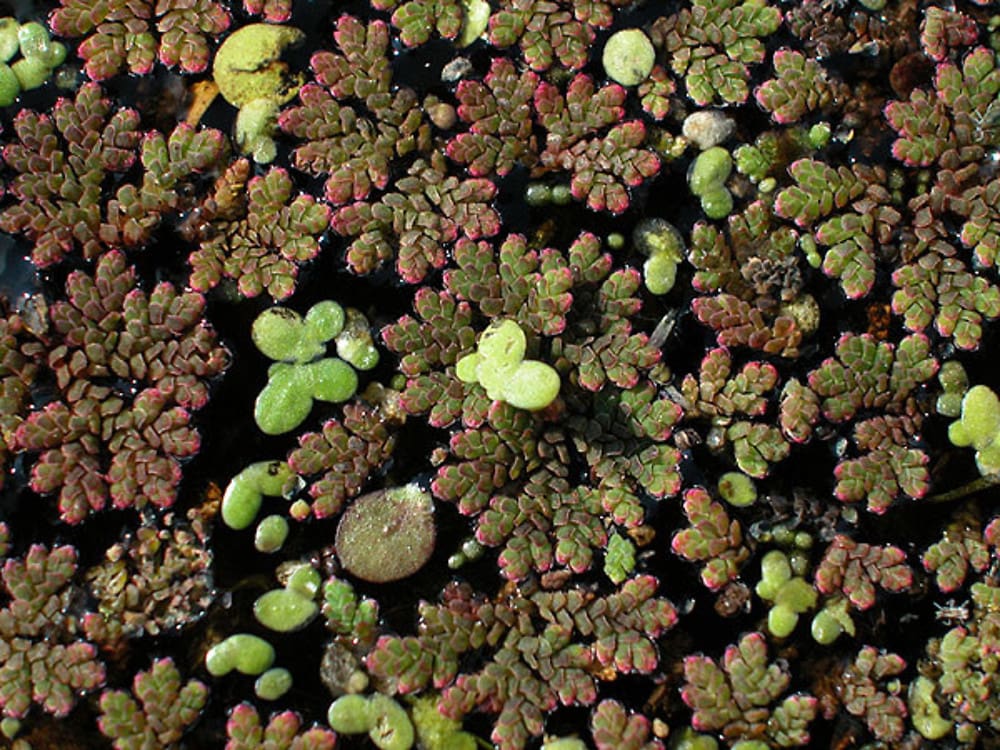Discovering the rich surface of the vibrant aquatic ecosystem, few entities present themselves as engagingly pivotal as that of the Carolina Mosquito Fern (Azolla caroliniana). Native to the Eastern United States, this tiny aquatic plant, as you will read, exhibits unique attributes that underscore its importance both ecologically and commercially. You will explore the distinctive characteristics of this fern, understanding its ecological role, prevalent distribution, and its potential utility within human endeavors.
Botanical Description of the Carolina Mosquito Fern
Physical features and size
Carolina Mosquito Fern, scientifically referred to as Azolla caroliniana, is a small aquatic plant. Due to its small size, it is sometimes slightly challenging to identify. Most of the plant, including its root system, remains under the water’s surface, except for its leaves. Each plant generally measures less than half an inch long, making it a small fern.
Color variations
The color of Carolina Mosquito Fern varies primarily with seasons. Under normal conditions, the plant bears delicate green leaves that form a mosaic pattern on the water surface. However, during the colder months, a less common reddish-purple form may also be observed – a feature very peculiar to Azolla caroliniana.
Distinctive traits
Carolina Mosquito Fern’s most distinctive trait is possibly its ability to form dense mats on water surfaces. This fern is a floating aquatic plant with pinnately branched rhizomes. It has small overlapping leaves that enclose air spaces, enabling them to float. Its roots hang freely in the water, serving as a dense net for trapping aquatic particulate matter.
The Scientific Classification of Carolina Mosquito Fern
Kingdom and Phylum
Carolina Mosquito Fern belongs to the Plantae kingdom, complying with the typical eukaryotic, autotrophic, multicellular characteristics of plants. It comes under the Phylum Pteridophyta, which groups the vascular plants that reproduce through spores.
Class and Order
Classified as a fern, the Carolina Mosquito Fern is under the class Polypodiopsida, consisting of seedless, vascular plants. The order it belongs to is the Salviniales, one of the five subclasses of ferns.
Family and Genus
The family classification of Carolina Mosquito Fern is Azollaceae, a small family of ferns with a distinctive appearance. Under the genus Azolla, the species is characterized by its particular size and structure.
Species
The species name is Azolla caroliniana, commonly referred to as Carolina Mosquito Fern due to its native habitat and its peculiar method of repelling mosquitoes.
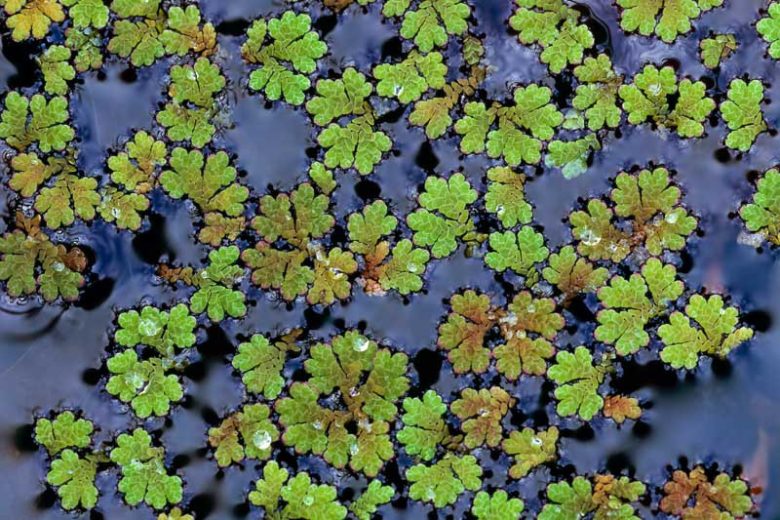
Habitat and Distribution of the Carolina Mosquito Fern
Natural habitat
The Carolina Mosquito Fern is a freshwater species, commonly found floating in calm and quiet waters. Lakes, ponds, swamps, marshes, ditches, and even rice fields are natural habitats of this species.
Geographical spread
As its name suggests, the Carolina Mosquito Fern predominantly grows in the southeastern United States, particularly in North and South Carolina. Nevertheless, its distribution goes as far north as Illinois and Indiana, and as far west as Texas.
Climatic conditions
Carolina Mosquito Fern flourishes in warm, humid environments. It prefers full sunlight exposure and stagnant or slow-moving water bodies.
Lifespan and Growth Cycle of the Carolina Mosquito Fern
Growth phases
The Carolina Mosquito Fern has two growth phases – a vegetative and a sexual phase. The vegetative phase constitutes majority of the plant’s lifetime and is when it grows most rapidly. The sexual phase occurs when conditions become unfavorable, leading to the production of spores.
Seed germination and spread
The spread of Carolina Mosquito Fern is via spores during its sexual phase or through the division of the mother plant. The spores are microscopic and can travel long distances on the wind.
Maturity and lifespan
The maturity and lifespan of Carolina Mosquito Fern depend greatly on the environment’s condition. In nutrient-rich, stable environments, the fern can flourish all year and cover large water bodies.
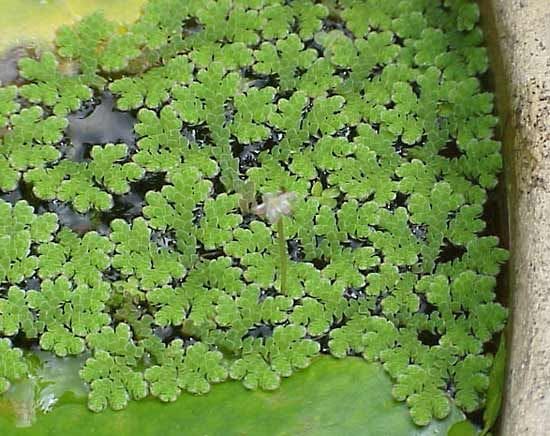
The Role of Carolina Mosquito Fern in the Ecosystem
Ecological benefits
Carolina Mosquito Fern is a great asset to the ecosystem. It absorbs nitrogen from the atmosphere, converting it into a form plants can use. This feature is beneficial in nutrient-poor environments. The dense mat formed by the plant also serves as a breeding ground for various water organisms and a food supply for water birds.
Birds and animals that feed on it
Numerous waterfowl, like ducks and coots, are known to consume Carolina Mosquito Fern. Other animals like turtles also feed on these ferns.
Competitors and predators
The Carolina Mosquito Fern has few predators; snails feed on the plants, and water insects lay eggs in their tissues. Competition can be from other floating plants like duckweed and water hyacinth.
Cultivation and Care for Carolina Mosquito Fern
Cultivation methods
Carolina Mosquito Fern can be cultivated easily by fragmenting the plants and allowing them to float on a water body. They are best suited for ornamental ponds, dams, or even large aquariums.
Ideal conditions for growth
Carolina Mosquito Fern prefers a warm, sunny environment with a temperature above 60 degrees Fahrenheit. They do well in nutrient-rich water and require high-level light conditions to thrive.
Care and maintenance
Carolina Mosquito Fern is low care. They reproduce quickly, forming dense mats, and may need thinning to prevent them from suffocating other aquatic life. They are disease-free and require minimal maintenance.
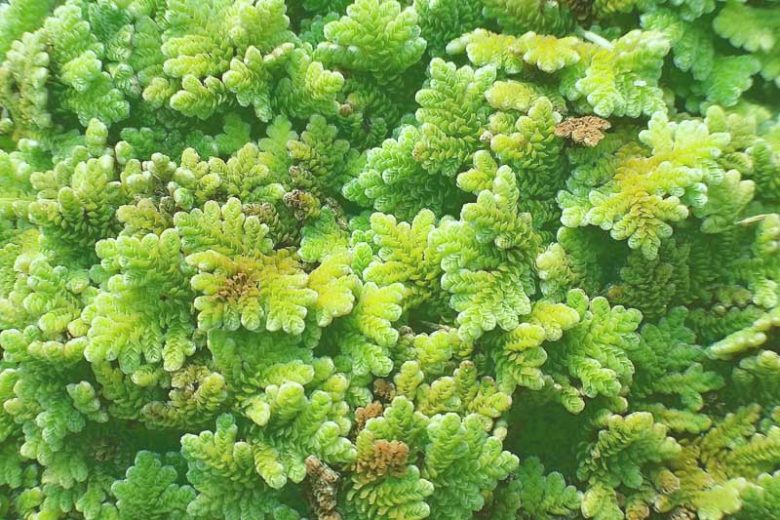
Threats and Challenges faced by Carolina Mosquito Fern
Major diseases
Carolina Mosquito Fern has no significant diseases that affect its growth. It is resilient and can withstand changes in the environment.
Common pests
Carolina Mosquito Fern is occasionally grazed by certain waterfowl and other aquatic animals, but no specific pests are known to affect its growth significantly.
Environmental dangers
Environmental threats to Carolina Mosquito Fern include harsh weather conditions, lack of sunlight, and competition from other, more vigorous aquatic plants.
The Use of Carolina Mosquito Fern in Landscape Design
Aesthetic appeal
Carolina Mosquito Fern, with its delicate leaves forming a vibrant green mat on the water surface, provides a subtle and attractive aesthetic appeal.
How to incorporate it in design
It can be used as a natural carpet in garden ponds or water gardens. Its vibrant and contrasting color provides a visual contrast to other aquatic plants.
Benefits in a landscape
The plant serves as a natural filter, preventing the growth of algae by shading the water and absorbing excess nutrients.
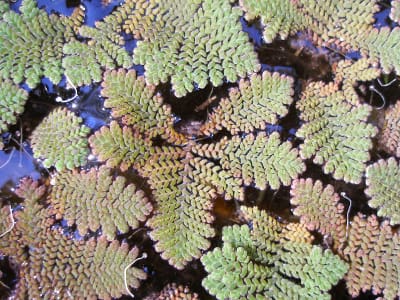
Carolina Mosquito Fern as a Natural Mosquito Repellant
Mechanism of action
Interestingly, Carolina Mosquito Fern acts as a mosquito repellant not by producing any toxin, but by covering the surface of the water where mosquitoes lay their eggs making it uninviting for mosquito breeding.
Effectiveness compared to artificial repellents
While it cannot match the instant effectiveness of artificial repellents, its permanent presence in water bodies provides a continued and sustainable repellent effect.
How to use it for repelling mosquitoes
One can introduce a batch of Carolina Mosquito Fern into mosquito-prone water bodies to deter the insects. Maintaining the fern’s presence keeps mosquitoes from laying eggs in the water, thereby reducing mosquito population.
Scientific Research on the Carolina Mosquito Fern
Past studies
Past studies on Carolina Mosquito Fern have focused on its nitrogen fixation ability, mechanism for mosquito repelling traits, and its high growth rate.
Current research
Current research deals with the Carolina Mosquito Fern’s potential to combat environmental issues, mainly its role in carbon dioxide absorption, reducing greenhouse gases.
Potential future directions
Future directions for research focalize on harnessing the capabilities of Carolina Mosquito Fern for water filtration, improving agricultural soils, and the potential to use it as a feed supplement due to its high protein content.
